Introduction:
Have you ever imagined standing next to ancient wonders, surrounded by thousands of years of history, while experiencing a culture that is as vibrant as it is rich? Cairo, Egypt’s lively capital, invites you to explore a city where the past and present blend seamlessly, offering an unforgettable experience.
This isn’t just another travel guide; it’s the ultimate guide to exploring, it’s also a way to explore resilient capitals & an essential guide for travelers or navigating unrecognized states. It’s your roadmap for confidently navigating Cairo, making the most of every moment. We’ll address common travel concerns, show you how to avoid feeling overwhelmed, and highlight not only the city’s famous landmarks, you might consider mastering long-haul flights but also the hidden gems that truly discover a vibrant capital unique spirit and unveiling other hidden gems.
By the time you finish this guide, you’ll have insider knowledge, practical tips, and tailored itineraries to ensure your trip to Cairo is not only safe and easy but also full of meaningful and a authentic experiences in other destinations & unearthing authentic capitals. Get ready to explore Cairo like a pro.
This guide is written by Jack Kier friend, who bring firsthand knowledge of Cairo’s ancient sites and busy streets, combined with thorough research from local experts and official tourism sources, as well as complete guide tips. We aim to provide accurate, practical, and actionable advice to make your trip unforgettable, even when experiencing the Chernobyl Exclusion Zone safely and respectfully.
Why Cairo Captivates: An Overview for Travellers
Cairo is a city where the past and present collide most fascinatingly. It’s a place where ancient civilizations, Islamic heritage, and the pulse of modern life exist side by side. As Egypt’s bustling capital, Cairo offers a gateway to the country’s most famous historical sites, from the iconic Pyramids to the Egyptian Museum, with a locals guide.
Walking through Cairo is a sensory experience. The sights, sounds, and smells of this vibrant metropolis hit you at every turn, creating an atmosphere that’s unique and unforgettable. Whether you’re walking through the narrow streets of the Islamic Cairo district or looking out over the Nile River, there’s always something new to take in.
What Makes Cairo Unique:
What sets Cairo apart is the rich history that unfolds as you explore the city. It’s not just a place to see, but a place to experience, with layers of history stretching from the Pharaonic era to the Islamic period and into modern times. As you move from one landmark to the next, you’re taking a journey through time, from the ancient wonders to the lively energy of Cairo today.
The city’s energy is undeniable. The warmth of its people and the buzz of daily life make Cairo feel alive in a way that few other cities do. There’s a striking contrast between the towering monuments from Egypt’s ancient past and the sprawling urban development of the present, offering a unique window into the passage of time.
All historical and cultural information in this guide has been carefully verified with reputable sources, including the Egyptian Ministry of Tourism and Antiquities, as well as well-established academic research. Our aim is to give you an accurate, trustworthy account of Cairo’s history and culture so that you can explore with confidence.
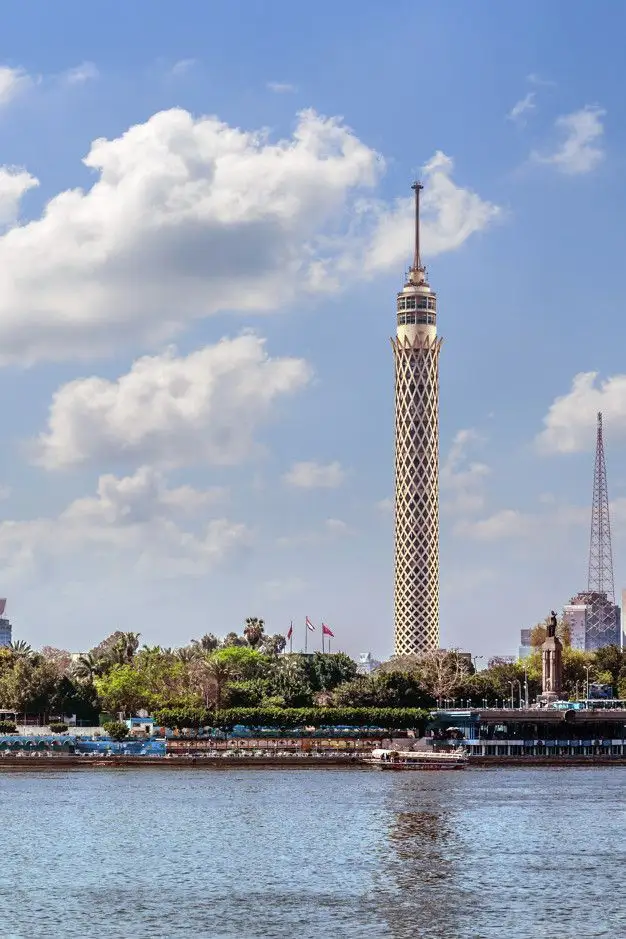
Cairo’s Iconic Landmarks: Journey Through Ancient Wonders
The Giza Pyramids & Sphinx
The Giza Pyramids are one of the most remarkable sights on Earth. These colossal structures, built over 4,000 years ago, remain an enduring symbol of Egypt’s ancient greatness. The three main pyramids Khufu, Khafre, and Menkaure each have their distinct features, but together they represent the pinnacle of ancient Egyptian architecture and engineering. Standing at the foot of the pyramids, it’s hard not to feel a deep sense of awe at their immense scale and historical significance.
Next to the pyramids, the enigmatic Sphinx gazes out across the desert. With the body of a lion and the head of a Pharaoh, it has been guarding the Giza Plateau for thousands of years, its true purpose still a mystery.
Historical Context and Theories of Construction:
Scholars still debate how these incredible structures were built. Some theories suggest massive labor forces using simple tools, while others propose more advanced techniques. Regardless of the specifics, the pyramids remain a testament to human ingenuity and perseverance.
Know Before Visiting:
To avoid the heat and large crowds, plan your visit early in the morning, ideally before 9 AM. The panoramic viewpoint offers the best angle for capturing the full majesty of the pyramids, while the area near the Sphinx provides an iconic shot with the pyramids in the background. A camel ride can be a memorable experience, but be cautious of inflated prices and potential scams always agree on a price before starting and make sure the ride is safe. If you plan to explore inside the pyramids, be prepared for narrow, steep passages; the tomb chambers in the Great Pyramid of Khufu and the Pyramid of Menkaure are among the most visited, but you should also expect heat and crowds inside.
To make the most of your time, aim for an early visit to avoid crowded conditions. This will allow you to take in the sites without feeling rushed or overwhelmed.
Wear comfortable shoes, as you’ll be walking on uneven terrain. Don’t forget sun protection, especially if you’re visiting midday. When approaching local vendors, it’s good to decline unless you’re genuinely interested. Politely haggling is common, but be cautious of pushy sellers.
Nearby Authentic Food Recommendations:
After exploring the pyramids, head to one of the nearby eateries or street food stalls around the Giza Plateau for an authentic taste of Cairo. A local favourite is Abou Shakra, famous for its grilled meats and traditional Egyptian dishes.
Local’s Favourite Spotlight:
For a delicious koshary meal (Egypt’s national dish), try Koshary El Tahrir, a beloved spot just a short drive from the pyramids. It’s a great place to recharge after a day of exploring.
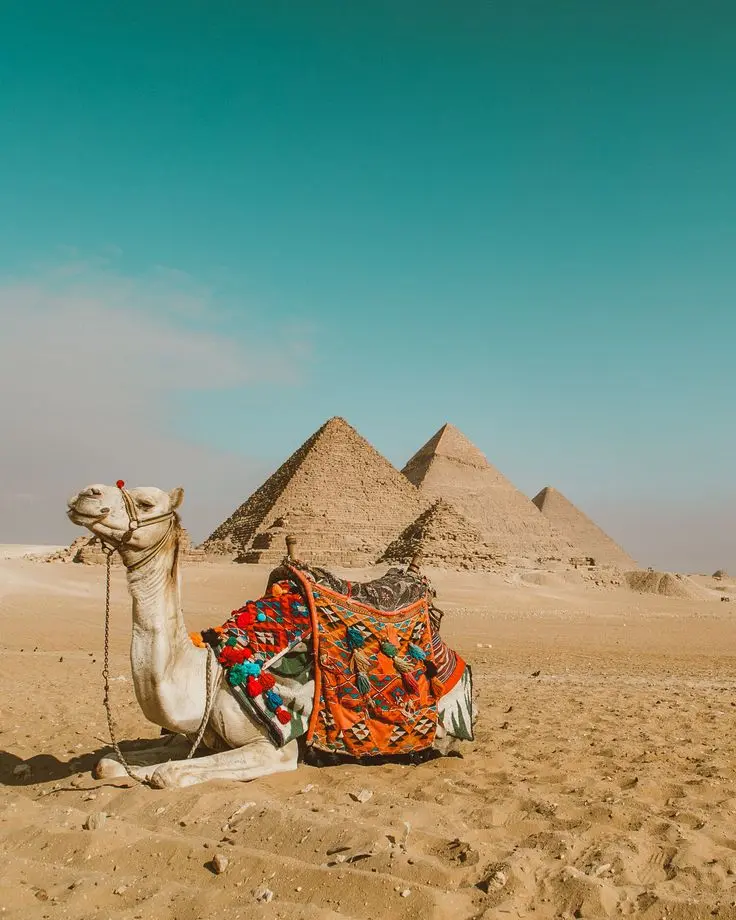
The Grand Egyptian Museum (GEM) / Egyptian Museum
The World’s Newest & Largest Archaeological Museum:
The Grand Egyptian Museum (GEM) is set to redefine the museum experience. Currently in its final stages of opening, this museum will soon house the world’s most extensive collection of Egyptian antiquities, including the entirety of Tutankhamun’s treasures. The state of the art facilities and cutting-edge exhibition design offer a new way to experience Egypt’s ancient history. Based on recent visits, GEM offers an unparalleled display of Egyptian artefacts, particularly the full collection of treasures from Tutankhamun’s tomb. This includes his famous golden mask, sarcophagi, jewellery, and other funerary objects, each with its own fascinating story.
The Grand Egyptian Museum features some of the most remarkable collections and exhibits, starting with the massive Grand Staircase, a breathtaking entrance that sets the tone for the visit. Among its highlights is the colossal statue of Ramses II, a striking example of ancient Egyptian sculpture. The museum’s vast collections span from the pre-dynastic era to the Roman period, offering visitors a comprehensive journey through Egypt’s long and varied history. When planning your visit, keep in mind a few practical tips. The GEM is conveniently accessible from central Cairo by taxi or private transport, making it easy to reach. To save time, it is advisable to check the official website for ticket prices and opening hours, and book your tickets online in advance to avoid queues. Given the museum’s immense scale, it helps to plan ahead and prioritize must-see exhibits such as the world-renowned Tutankhamun collection and the imposing Ramses II statue.
We know planning a visit to such a massive museum can be overwhelming, especially when it comes to ticket prices and booking. Rest assured, this guide provides the most current information to ensure you have a smooth visit.
The Egyptian Museum (Tahrir) – Historical Context:
While the GEM is the new home for most of Egypt’s treasures, the older Egyptian Museum in Tahrir Square still plays a key role in preserving Egypt’s history. Some artefacts remain on display here, including a smaller collection of Tutankhamun’s items, making it worth a quick stop for history enthusiasts.
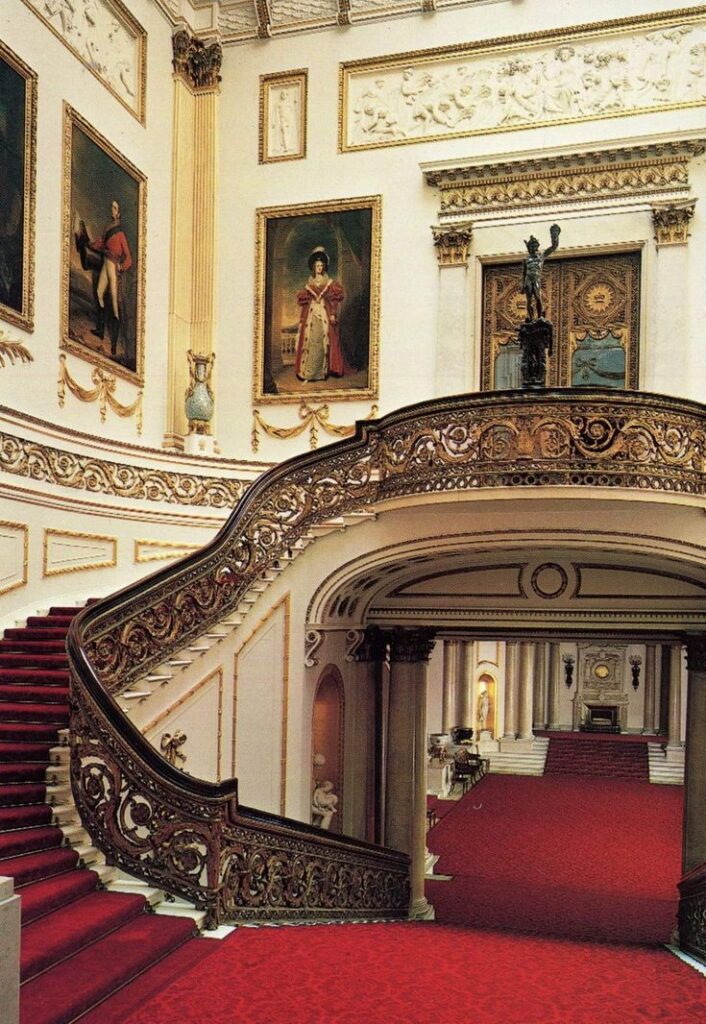
Exploring Cairo’s Cultural Heart: Markets, Faiths, and Traditions
Khan el-Khalili Bazaar
Navigating Cairo’s Historic Souk:
Khan el-Khalili is a lively market in the heart of Cairo, offering a sensory overload of sights, sounds, and smells. This historic bazaar dates back to the 14th century and is one of the oldest in the region. As you wander through the narrow alleys, you’ll find an array of spices, jewellery, traditional handicrafts, textiles, and unique souvenirs. It’s the perfect place to soak up Cairo’s vibrant atmosphere and pick up one-of-a-kind items to remember your trip.
| What to Buy | Details |
|---|---|
| Spices | A wide variety of aromatic herbs, perfect for adding a taste of Egypt to your cooking back home. |
| Jewellery | Intricate designs, from simple silver pieces to elaborate gold items. |
| Handicrafts & Textiles | Colourful fabrics, handwoven rugs, and beautiful pottery. |
| Souvenirs | From decorative pieces to Egyptian-themed items, the choices are endless. |
Bargaining is a must in Khan el-Khalili. Start by offering about 50% of the initial price and aim for 60-70% of the original price. Keep things friendly approach sellers with a warm smile, and you’ll find the exchange a lot more enjoyable.
Cafes & Experiences:
El Fishawy Cafe, also known as the Cafe of Mirrors, is one of Cairo’s oldest and most famous cafes, offering visitors a truly historic experience. Here, you can sip on traditional Egyptian tea or coffee while soaking in the ambience of this iconic spot. The lively atmosphere makes it an ideal place for people-watching, where you can sit back, relax, and observe the vibrant mix of locals and tourists passing by.
We know that navigating a busy tourist hub can be overwhelming, and it’s easy to feel unsure about what’s authentic versus what’s geared toward tourists, or best things to do. Khan el-Khalili, however, offers a mix of both focus on local experiences and avoid the high-priced tourist traps by following these tips.
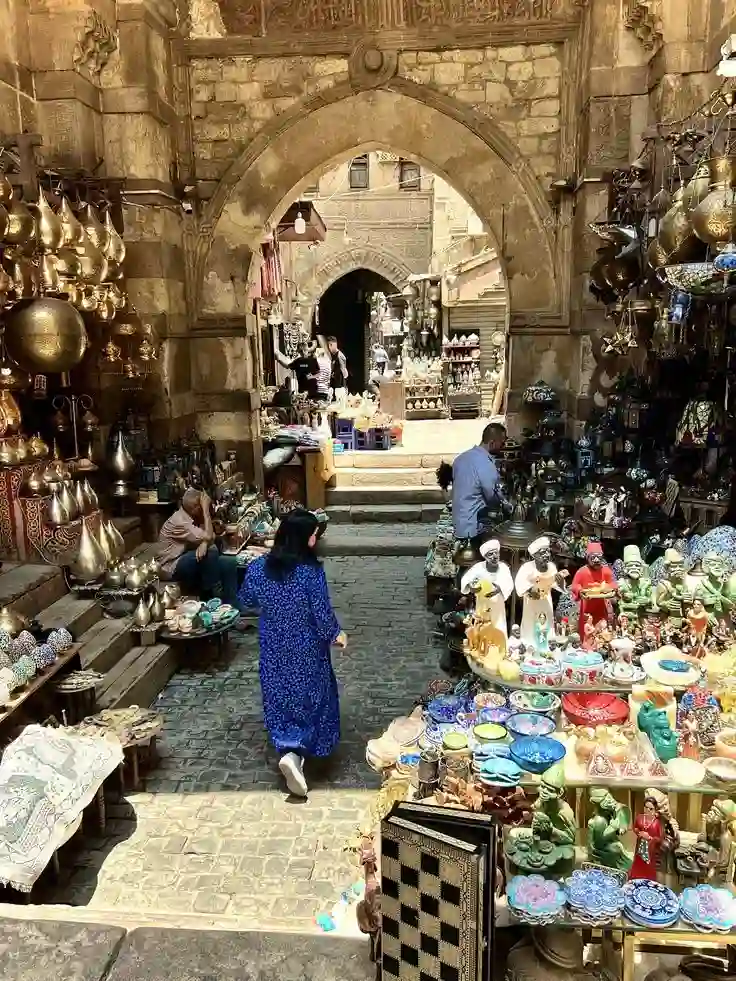
Coptic Cairo (Old Cairo)
Cradle of Christianity in Egypt:
Coptic Cairo is one of the most historically significant areas in Cairo, where Christianity’s roots in Egypt go back centuries. This area is rich in both religious and cultural history, and it is said that the Holy Family sought refuge here during their time in Egypt, mirroring other historic cities. It’s a place where the stories of ancient faiths and religious traditions come to life.
Coptic Cairo is home to several key sites of immense historical and spiritual significance. The Hanging Church, also known as St. Mary’s Church, stands out for its unique architectural style and is among the oldest churches in Egypt, admired for both its design and religious importance. The Ben Ezra Synagogue, one of the oldest Jewish synagogues in Cairo, carries a rich history connected to the Holy Family’s journey. Equally remarkable is the Church of St. Sergius and Bacchus, believed to be built on the very site where the Holy Family sought refuge in a cave. To deepen the experience, the Coptic Museum showcases a collection of ancient Christian artefacts, providing insight into Egypt’s early Christian heritage. When visiting, it is important to dress modestly, covering shoulders and knees, to respect local customs. The streets of Coptic Cairo are narrow and winding, with attractions clustered close together, so take your time exploring to fully absorb the area’s layered history and spiritual atmosphere.
We recommend following a walking route that begins with the Hanging Church and works its way through the other sites, like St. Sergius and Bacchus, finishing with the Coptic Museum. The entire route can be walked in about an hour or two, depending on how much time you spend at each site.
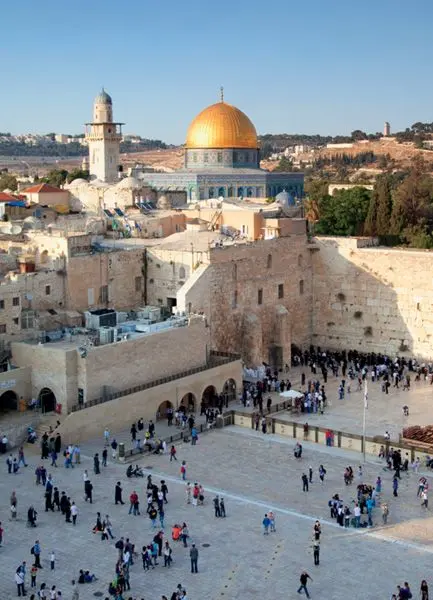
Islamic Cairo (Citadel of Salah al-Din, Mosque of Muhammad Ali)
A Glimpse into Islamic History:
Islamic Cairo is home to some of Egypt’s most stunning and essential Islamic landmarks. The Citadel of Salah al-Din, perched high above the city, offers panoramic views of Cairo. It’s the perfect spot to take in the city’s sprawling landscape and learn more about its medieval history.
The Citadel’s Strategic Importance:
The Citadel has been a significant site for centuries, serving as the home of Egypt’s rulers and military command. From here, you can explore its impressive structures, including the grand Mosque of Muhammad Ali (also known as the Alabaster Mosque), which is a true masterpiece of Ottoman architecture.
Mosque of Muhammad Ali (Alabaster Mosque):
The mosque is an architectural marvel, with its large domes, towering minarets, and intricate interiors. Don’t miss the tomb of Muhammad Ali, located within the mosque. When visiting mosques, dress modestly both men and women should cover their shoulders and knees. Women may need to cover their heads, and scarves are often provided at the mosque.
Other Notable Sites in Islamic Cairo:
| Site | Significance |
|---|---|
| Madrasa of Sultan Hassan | Admire the exterior of this monumental Islamic school. |
| Mosque of Al-Rifa’i | Located nearby, this mosque is known for its intricate details and stunning façade. |
| Bab Zuwayla & Historic Gates | Explore these ancient gates and get a sense of Cairo’s historic defences. |
There’s often confusion about local customs, especially when it comes to dress codes. Rest assured, we’ve highlighted what’s expected so you can feel comfortable and respectful while visiting religious sites.
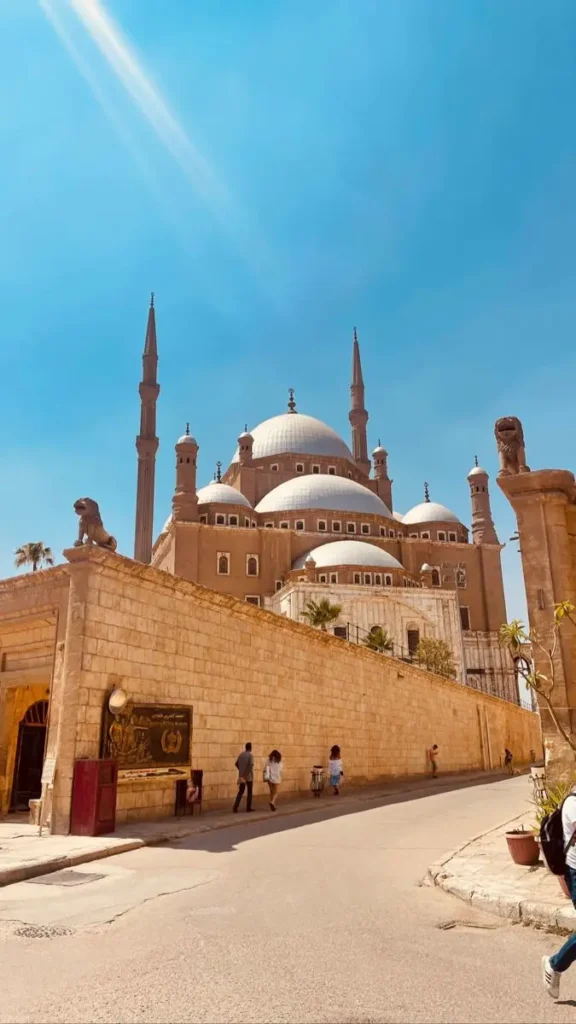
Experiencing the Nile: Cairo’s Lifeline
Nile River Felucca Ride
A Tranquil Escape from City Bustle:
The Nile River is not just Cairo’s lifeblood, but a perfect retreat from the city’s energetic pace. A felucca ride offers a peaceful way to connect with this ancient waterway while enjoying stunning views of Cairo’s skyline and lush riverbanks. These traditional wooden sailboats have been part of Egypt’s heritage for centuries and provide a quiet, serene escape from the noise of the streets.
Ideal for Relaxation and Sunset Views:
There’s no better way to unwind than by floating along the Nile at sunset. The sky turns vibrant hues of orange and pink, reflecting off the water, making for a peaceful and picturesque experience. In the evening, the city lights along the river shimmer on the water’s surface, adding to the magical atmosphere.
Best Times for a Ride:
The perfect time to capture beautiful views as the sun sets over the Nile. After sunset, the calm river reflects Cairo’s twinkling city lights, creating a breathtaking scene.
Booking Tips & Price Negotiation:
Felucca rides are available at various spots along the Nile, especially near areas like Maadi, Zamalek, or outside major hotels. These areas offer easy access to the boats, and you’ll find plenty of local operators ready to take you on a ride. It’s essential to agree on a price and the duration of your ride before you set off. Rates can vary depending on whether you’re taking a private or shared ride, but always aim to negotiate a fair price. Typically, the cost should be around 100-200 EGP for a shared ride and higher for private excursions.
When negotiating, always settle on the price and ride duration before boarding to avoid confusion. A friendly and respectful attitude goes a long way in getting a fair deal.
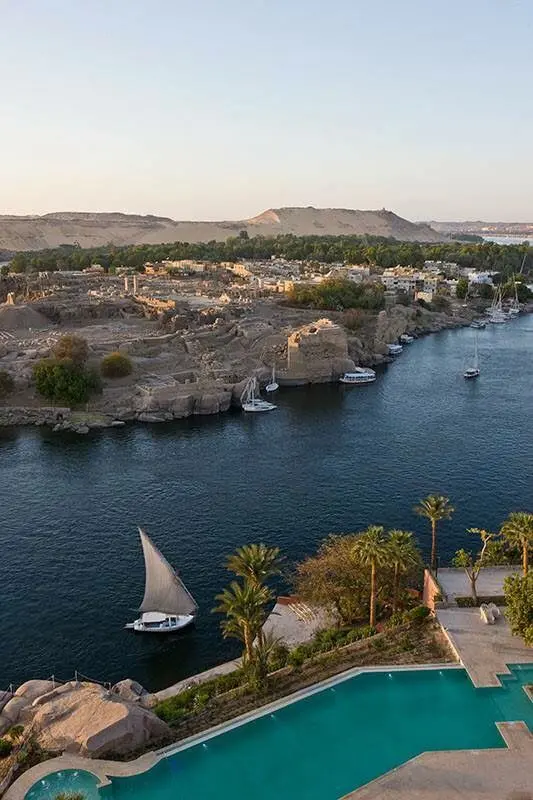
Mastering Cairo: Essential Practical Travel Information
1) Transportation in Cairo
Uber/Careem
For a reliable, safe, and transparent travel experience in Cairo, Uber and Careem are highly recommended. These ride-sharing apps are a great alternative to traditional taxis, helping you avoid inflated fares and language barriers. Whether you’re travelling to a popular tourist destination or navigating the busy streets of Cairo, these services ensure a smooth and straightforward process.
Metro System:
The Cairo Metro is an efficient way to get around, especially for specific areas like Tahrir Square or Coptic Cairo. While the metro system isn’t the most expensive, it’s a cheap and convenient way to travel for short distances. It’s easy to use, with signs in both Arabic and English.
Taxis:
Taxis can be a good option for short trips, but be prepared to negotiate the fare if the driver isn’t using the meter. Always agree on the price before getting into the car, or insist on using the meter to avoid overcharging.
Cairo’s traffic can be overwhelming, and the city’s transportation system may feel complicated. Using Uber or Careem simplifies your travel experience, while the metro and taxis provide other options.
2) Safety Tips & Avoiding Scams
Be cautious of overly friendly strangers offering unsolicited help, such as providing you with free tours or assistance. These individuals may expect a tip or lead you into tourist traps. Always politely decline unless you’re sure about their intentions.
Common Scams to Watch Out For:
When visiting, be cautious of common scams such as individuals posing as “students” who offer to give you a tour for a fee. Another trick to watch out for is the “closed attraction” scam, where someone may claim that a site is closed and then try to redirect you to an alternative, often at a much higher cost.
General Safety Precautions:
Always keep your valuables, such as wallets and phones, secure and in a safe place to prevent theft. At the same time, stay aware of your surroundings and avoid unnecessary distractions, especially in crowded areas, to ensure a safe and worry-free experience.
Concerns about personal safety and potential scams are common for visitors. By staying aware and following these safety tips, you’ll have a much more secure and enjoyable experience. Step-by-step instructions on handling common scams:
- If someone offers unsolicited help, politely decline and walk away.
- For closed attraction scams, always double-check with official sources (e.g., your hotel or official tourist info).
3) Local Etiquette & Cultural Norms
Dress Codes:
Cairo is a diverse city, but it’s essential to dress modestly, particularly when visiting religious sites or conservative areas. Ensure that shoulders and knees are covered for both men and women.
Greetings and Interactions:
Politeness is highly valued. When meeting locals, a handshake is standard, though it’s often polite to wait for the other person to initiate it. Show respect for elders, as they are held in high regard in Egyptian culture.
Photography:
Always ask permission before taking photos of people, particularly in religious or rural areas. It’s polite to respect their wishes if they decline.
Tipping (Baksheesh):
Tipping is a common practice in Egypt. Small tips (in small denominations of Egyptian Pounds, or EGP) are appreciated in most service situations, such as in restaurants, hotels, or for guides and porters.
Always carry small bills for tips or small purchases. It makes transactions smoother and avoids any confusion. Understanding local customs, dress codes, and etiquette can be confusing for visitors. These guidelines will help you feel more comfortable and respectful in local interactions.
4) Currency & Budgeting
Egyptian Pounds (EGP) and Exchange Rates:
The official currency of Egypt is the Egyptian Pound (EGP). Be mindful of exchange rates, as they fluctuate. It’s a good idea to check current rates before you exchange money.
ATMs and Credit Card Usage:
ATMs are widely available in Cairo, but be aware of potential transaction fees. Credit cards are accepted in most larger hotels, restaurants, and shops, though smaller places may prefer cash.
Estimated Daily Budget for Different Travel Styles:
| Travel Style | Estimated Daily Budget |
|---|---|
| Budget Travel | Around 300–500 EGP per day |
| Mid-Range Travel | Approximately 600–1,200 EGP per day |
| Luxury Travel | 2,000 EGP and above |
Offline Currency Converter App:
An offline currency converter app is essential for quick and accurate calculations, especially when you’re on the go.
5) Communication & Language
Basic Arabic Phrases:
- Shukran (شكرا) – Thank you
- La (لا) – No
- Na’am (نعم) – Yes
- Afwan (عفوا) – You’re welcome
Google Translate (Offline Translation):
For bridging language barriers, Google Translate is invaluable, especially for reading signs or understanding written menus.
SIM Cards and Wi-Fi Availability:
SIM cards are readily available at the airport or local shops, and data packages are reasonably priced. Many cafes and hotels also offer free Wi-Fi, but it’s a good idea to have a local SIM for more reliable access.
Language barriers can be tricky. With the help of basic phrases and Google Translate, you can easily communicate and feel more confident in your interactions.
6) Health & Hydration
Egypt’s heat can be intense, especially during the summer. Stay hydrated by drinking bottled water avoid tap water. It’s also essential to have sun protection, such as a hat and sunscreen.
Basic First Aid and Medication:
Carry basic first aid supplies, including band-aids and any necessary medication. You may also want to bring anti-diarrheal medicines, just in case.
Dealing with the heat and crowded conditions can be exhausting. These tips will help you stay comfortable and healthy while exploring Cairo.
Key Resources for Travellers
For up-to-date travel advisories and official information, the Egyptian Tourism Authority’s website is a must-visit resource.
- Google Maps (Offline Maps Feature): Crucial for navigation without constant internet access.
- Reputable Local Tour Operators (e.g., Viator, GetYourGuide): Use these services for specific tours and guided experiences, especially for historical sites.
- Reputable Travel Insurance Providers (e.g., World Nomads): Ensure peace of mind by securing reliable travel insurance.
Official Source Citation:
Before and during your trip, always check official government travel advisories, such as those from your home country’s foreign affairs department.
Planning Your Visit: Best Time & Quick Reference
Best Time to Visit Cairo
Optimal Seasons:
The best times to visit Cairo are during Autumn (October-November) and Spring (March-April). These seasons offer mild temperatures and lower humidity, making them ideal for sightseeing. The pleasant weather allows you to comfortably explore the city’s many attractions without being overwhelmed by the heat.
To make the most of your time and avoid large crowds, plan to visit major attractions early in the morning, especially during the shoulder seasons. This gives you a more relaxed experience and better photo opportunities.
Summer Considerations (May-September):
Summer in Cairo can be intense, with high temperatures and strong sunlight. The midday heat can make sightseeing uncomfortable, so it’s best to stay indoors during the hottest part of the day. Stay hydrated and take regular breaks in air-conditioned spaces to avoid heat exhaustion.
- Visit museums or cafes in the early afternoon when temperatures are at their peak.
- Always carry bottled water, especially when you’re out sightseeing.
Winter Considerations (December-February):
Winter brings cooler temperatures, but it can still get crowded with tourists. You may also experience occasional rain, though it rarely lasts long. While it’s generally comfortable, you’ll still want to bring a light jacket for cooler evenings.
The information on the best times to visit Cairo is periodically reviewed and updated to reflect current climate patterns and tourism trends, ensuring that the advice remains relevant.
Quick Reference Table of Top Attractions
| Attraction Name | Location (Area) | Estimated Visit Time | Cost Range (EGP/USD) | Key Highlight |
| Giza Pyramids & Sphinx | Giza Plateau | 3-4 hours | 360 EGP ($12 USD) | An iconic ancient wonder |
| Grand Egyptian Museum (GEM) | Giza (near the Pyramids) | 4-6 hours | 500 EGP ($16 USD) | Tutankhamun’s treasures, modern exhibits |
| Khan el-Khalili Bazaar | Islamic Cairo | 2-3 hours | Free entry (shopping varies) | Historic market, authentic souvenirs |
| Coptic Cairo | Old Cairo | 2-3 hours | Free entry (museum varies) | Ancient churches, Hanging Church |
| Islamic Cairo (Citadel & Muhammad Ali Mosque) | Islamic Cairo | 2-3 hours | 300 EGP ($10 USD) | Panoramic views, stunning architecture |
| Nile River Felucca Ride | Nile River | 1-2 hours | 200-400 EGP per hour ($6-13 USD) | Relaxing sunset experience |
Conclusion:
Cairo is a city where ancient wonders and modern life coexist, offering an experience unlike anywhere else in the world. From the awe-inspiring pyramids to the bustling markets, the town presents an incredible journey through history, culture, and energy. Every corner of Cairo holds something new, from its timeless monuments to the warmth of its people. It’s a destination that promises unforgettable memories, filled with both grand sights and intimate moments.
Now that you have all the practical knowledge to navigate Cairo like a seasoned traveller, it’s time to embrace the adventure ahead. With this guide in hand, you’ll be well-prepared to explore the city’s rich history and vibrant culture with confidence, making your journey even more memorable.
We take pride in regularly updating this guide to ensure the information remains current, accurate, and reliable. Our commitment to providing trustworthy travel resources means you can count on us for practical and factual advice.
Ready to embark on your extraordinary Cairo adventure? Start planning your itinerary today and prepare to be captivated by Egypt’s timeless capital! Share this guide with friends, and don’t forget to comment below with your own Cairo experiences. Let’s inspire each other!

